Access to Collaboration Site and Physics Results
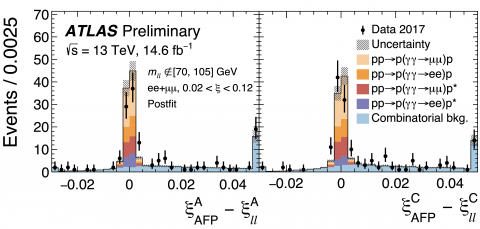
Looking forward: ATLAS measures proton scattering when light turns into matter
– Today, at the International Conference for High Energy Physics (ICHEP 2020), the ATLAS Collaboration announced first results using the ATLAS Forward Proton (AFP) spectrometer. With this instrument, physicists directly observed and measured the long sought-after prediction of proton scattering when particles of light turn into matter.Read more →
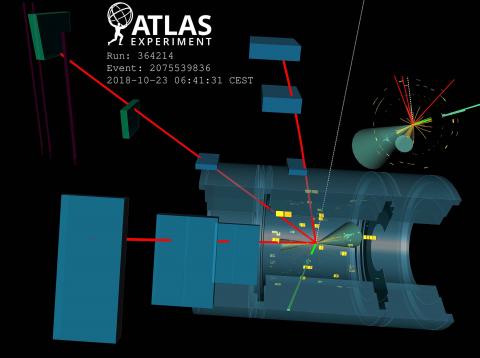
ATLAS probes interactions between heavyweights of the Standard Model
– In the contest for the heaviest known elementary particle, the top quark and Z boson rank first and third, respectively. When a proton–proton collision produces a top-quark pair together with a Z boson – a process known as ttZ production – their total mass can reach an impressive 440 GeV! The discovery of this highly energetic process thus required the record collision energy and rate of the LHC; no previous collider could come close.Read more →
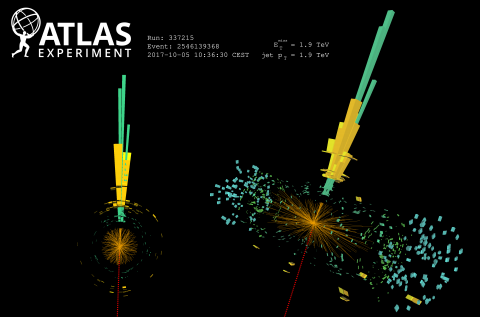
Jetting into the dark side: a precision search for dark matter
– The nature of dark matter remains one of the great unsolved puzzles of fundamental physics. Many theoretical scenarios postulate that dark matter particles could be produced in the intense high-energy proton–proton collisions of the LHC. While the dark matter would escape the ATLAS detector unseen, it could occasionally be accompanied by a visible jet of particles radiated from the interaction point. Today, at the International Conference in High-Energy Physics (ICHEP 2020), ATLAS presented a new search for novel phenomena in collision events with jets and high missing transverse momentum (MET).Read more →
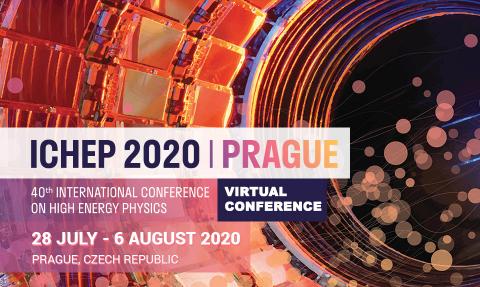
Summary of new ATLAS results for ICHEP 2020
– Since the 1950s, one conference has stayed circled in red on every physicist's calendar: the International Conference on High-Energy Physics (ICHEP). The fortieth edition of ICHEP kicks off today, bringing together particle physicists, astrophysicists and accelerator scientists to share the latest news in their fields. Originally planned as an in-person event in Prague, ICHEP2020 will instead be the very first all-virtual edition of the conference.Read more →
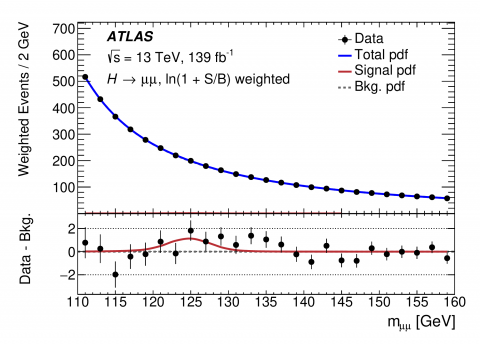
ATLAS one step closer in the search for rare Higgs boson decays to muons
– The ATLAS Collaboration has released a new paper on the search for the Higgs-boson decay to a pair of muons. The new study uses the entire dataset collected by the ATLAS experiment during Run 2 of the LHC (2015–2018) to give a first hint of this elusive process.Read more →
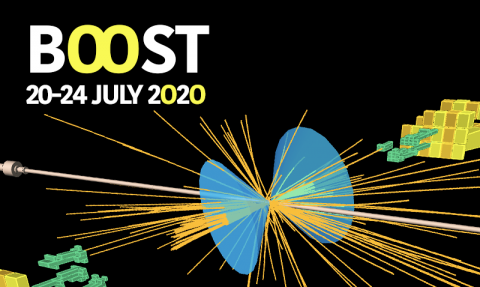
Summary of ATLAS results presented at BOOST 2020
– The first all-virtual BOOST workshop kicks off today, bringing together experts from the LHC experiments and the theory community. This is the twelfth conference on "Boosted Object Phenomenology, Reconstruction and Searches in High-Energy Physics" (BOOST 2020), hosting plenary-style talks and virtual poster presentations on the latest developments in hadronic physics.Read more →
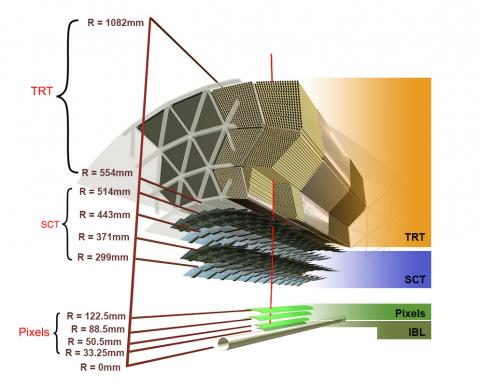
Keeping the ATLAS Inner Detector in perfect alignment
– How do you track a particle’s trajectory when your detector keeps moving? What if you find slight biases in your detector’s measurements? These were the challenges faced by the ATLAS Inner Detector during Run 2 of the LHC (2015–2018). Located at the heart of the experiment, the Inner Detector provides efficient and precise measurements of charged-particle tracks. In a new paper released today, physicists describe the complex solutions they developed to align the Inner Detector, ensuring the continued accuracy of the experiment.Read more →
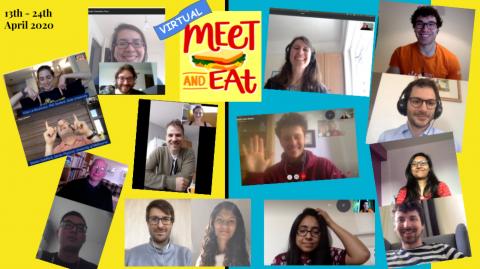
Connecting during COVID-19: Updates from the (physically but not socially distanced) Early Career Scientist Board
– As a community, we need to stay in contact, remain motivated and learn from each other's experiences. The work-from-home situation is one to which everyone has to adjust, balancing personal and professional lives, while accepting the effect of the ongoing pandemic on society. Despite these challenges, the ATLAS Early Career Scientist Board (ECSB) developed a series of events to boost the morale of the ECS community and to help people connect, even when they are sitting miles away from each other. I joined the ATLAS ECSB in March 2020, and to be honest, it has felt great to be a part of something that makes a difference in people’s lives – even if it’s just to laugh together.Read more →
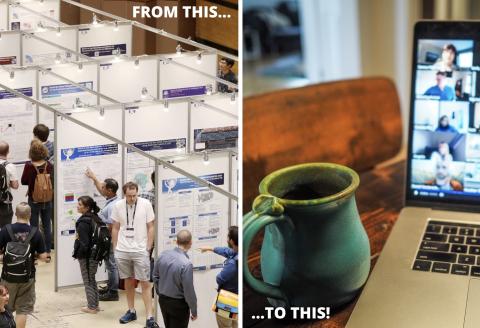
You want me to present a poster…. remotely?
– Though an academic affair, poster sessions are also an opportunity to network and socialise with colleagues. Typically, a large hall will be filled with rows of poster stands, their authors standing anxiously beside them, anticipating whatever question may be posed by a passer-by. Finger food and drinks are usually served. Sometimes these encounters lead to in-depth discussions about a new result but, more often than not, they just serve as ice-breakers for would-be colleagues, or a kind of “physics buffet” for conference attendees to sample subjects outside their specialization. Could such an experience be recreated in an online conference?Read more →
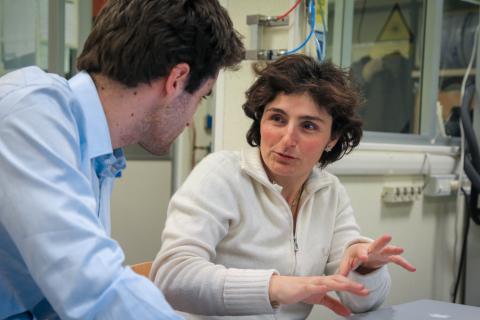
In conversation with Claudia Gemme, an influential voice in ATLAS detector upgrades
– Claudia Gemme, researcher at INFN in Genova, has had a varied career with the ATLAS Collaboration. From her work on the construction and commissioning of the ATLAS Pixel detector, to a career in physics analysis and the ATLAS Publication Committee, she now leads a key upgrade of the ATLAS detector: the ATLAS Inner Tracker (ITk).Read more →




